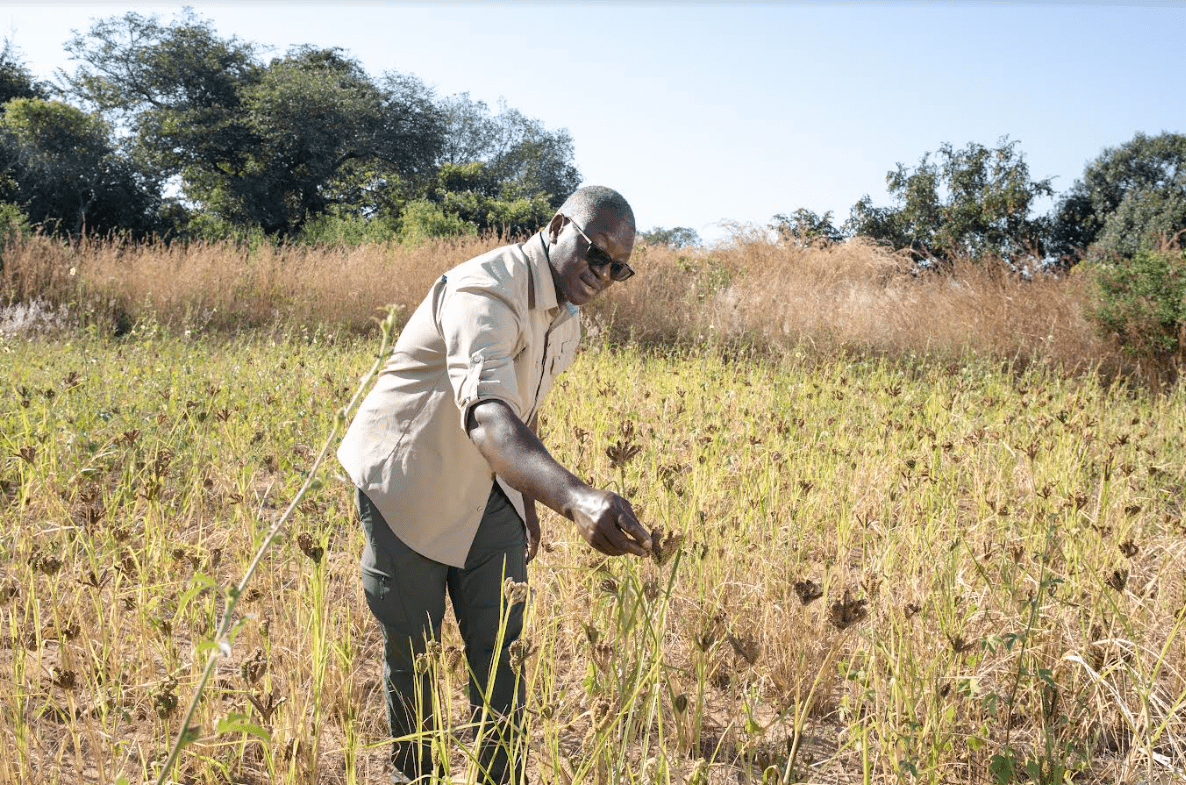[ad_1]
By Enock Chikava
A number of weeks back, I took a trip from my existing home in Seattle to the area in Zimbabwe where I matured– and where my 85-year-old mommy still handles the family members ranch that as soon as sustained her 11 youngsters. The comparison in between the rich plant of The United States and Canada’s Pacific Northwest and the dry areas of Zimbabwe was significant. A serious dry spell had desiccated crops throughout much of southerly Africa, triggering Zimbabwe’s federal government to proclaim a national disaster and allure for United States $2 billion bucks in food help.
I left Zimbabwe for Nairobi to participate in the African Fertilizer and Soil Health Summit, just to experience yet one more symptom of environment adjustment. Extreme rainfalls were dropping simply outside our conference room, component of an abnormally prolonged rainy period triggering flooding throughout the nation. It brought spoil to ranches still recouping from a devastating four-year drought that lasted right into 2023.
Up, we reviewed exactly how environment adjustment makes it also harder to handle the issue we had actually pertained to Nairobi to face: that manufacturing of staple plants like maize, rice, beans and cassava are much listed below their possible since the continent’s dirts are frequently deprived of fundamental plant nutrients. Dry spell multiplies the issue by transforming abundant farmlands right into drab deserts, while unrelenting rainfalls get rid of the top, nutrient-rich layer of dirt.
Talking with my mommy and her next-door neighbors in Zimbabwe and with my associates in Kenya validated what I currently understood, which is that environment adjustment has actually ended up being the leading pressure behind Africa’s food obstacles. And while today’s environment situations are triggering international appeals for food help, the long-lasting service is to aid African farmers adjust. This implies providing accessibility to technologies like stress-tolerant food crops, much better environment projections, and new ways to preserve healthy and balanced dirts. After that, experiences with environment extremes, which unavoidably will become more common, are a lot less most likely to release a nationwide or local altruistic dilemma.
Sometimes, adjustment includes reasonably basic techniques. For instance, my mommy blends beans with her maize crops since beans normally instill the dirt with plant nutrients, with a much shorter expanding period (60-80 days versus 100-150 days). Her ranch has actually made out much better in the existing dry spell than lots of others since plants grown in healthy and balanced dirt are not as prone to dry spell problems. There are additionally new varieties of drought-tolerant maize created especially for African farmers, together with enhanced ranges of preferred yet ignored neighborhood food plants like millets, cassava, pigeon pea and sweet potatoes, every one of which are normally matched to warm, completely dry environments.
Similar initiatives are aiding small farming households safeguard their animals from climate-related hazards. In East Africa, a collaboration with small-scale dairy farmers assists farmers pick and afterwards reproduce sturdy, healthy and balanced cows and grow brand-new ranges of tough, indigenous forage grasses.
We can capitalize on developments in long-range environment projections to aid African farmers expect and browse moving weather condition patterns. A partnership with Kenya‘s nationwide farming research study company is incorporating information from a variety of resources, consisting of a brand-new constellation of weather-monitoring satellites, to suggest farmers through text on when to plant and what to plant, based upon just how much rainfall to anticipate and the timing of its arrival.
Africa is lucky to have a riches of nationwide farming research study companies staffed by professionals with deep origins in neighborhood farming areas, that have actually worked together for years with a global research partnership to attend to the demands of African farmers. They are currently collaborating to guarantee climate-related technologies that especially attend to neighborhood demands are readily available. For instance, a new drought and pest-resistant bean variety has actually been extensively taken on in Uganda since it adapts the dimension and shade neighborhood farmers like.
African farming professionals have actually played a main duty in creating a strategy, backed by an expanding international coalition, to swiftly sustain numerous numerous small farmers worldwide with what they require to adjust. The expense of applying it is likely much less than managing the instant food influences of a solitary environment occasion.
As I saw up in Nairobi, African leaders do recognize the necessity of the minute. While they involved Kenya to create a prepare for renewing African dirts, the climbing flooding waters throughout the nation– and tales of drought-induced food lacks in southerly Africa– provided a vibrant tip that this job need to take place in the more comprehensive context of structure durability to environment adjustment.
These leaders need to guarantee farmers and farming pioneers have the sources they require to deal with severe problems. Yet African nations can not ward off the food influences of environment adjustment on their own– and neither need to they. Every one of Africa represent just regarding four percent of worldwide greenhouse gas discharges, yet environment adjustment is accelerating faster in Africa than throughout the globe.
It’s claimed that every dilemma is a chance. It’s time for the globe to take a look at the most up to date climate-related food situations unraveling in Africa as a chance to accept environment adjustment as the remedy to environment calamity.
Enock Chikava is supervisor of farming distribution systems at the Costs & & Melinda Gates Foundation
[ad_2]
Source link




